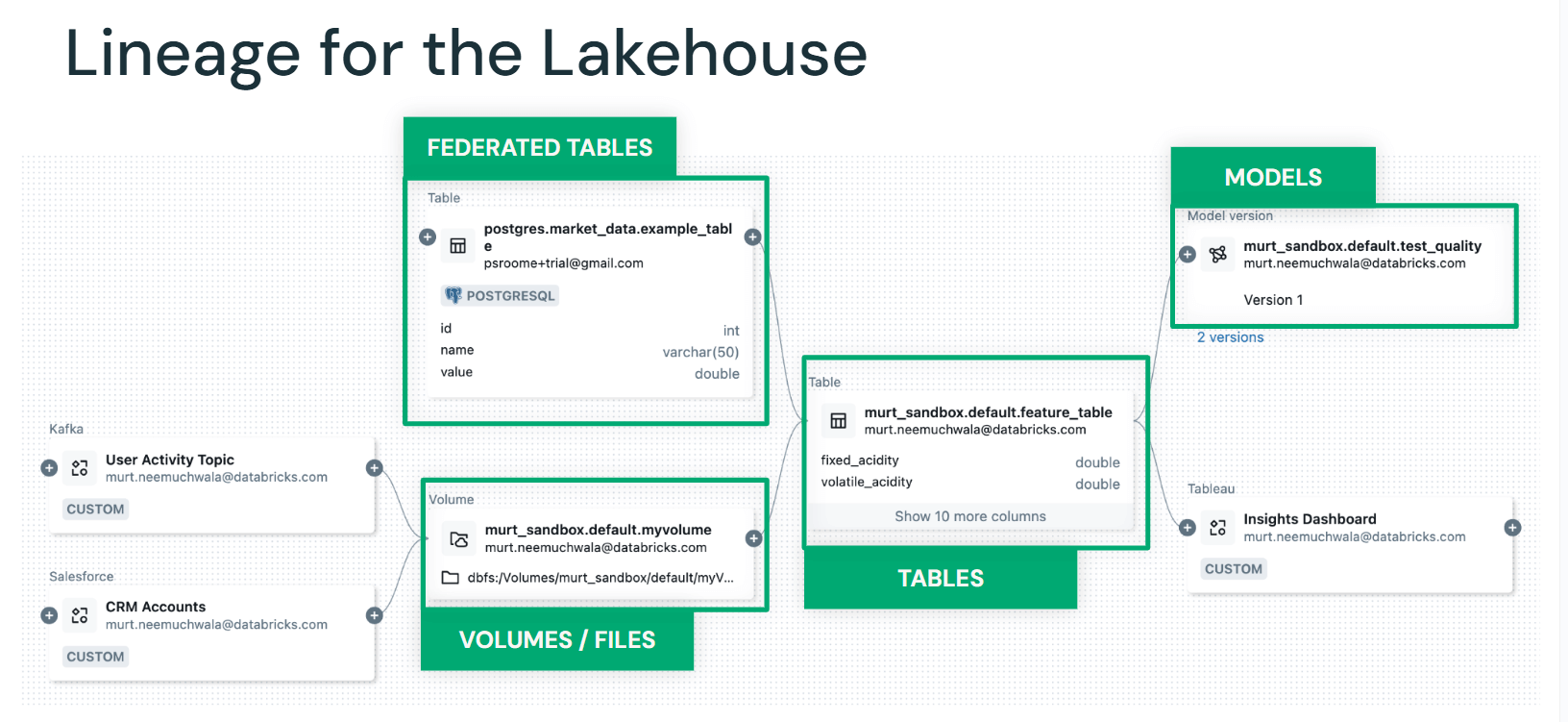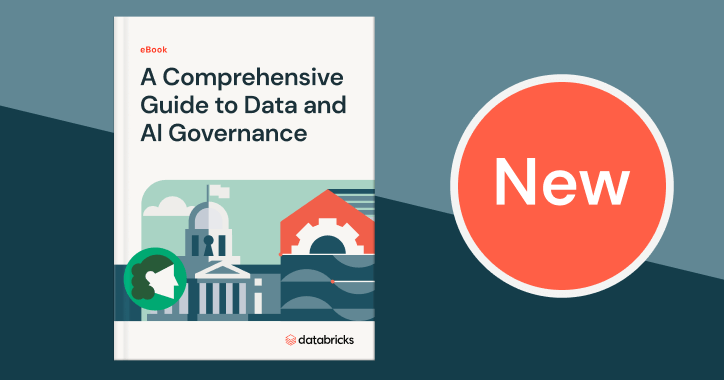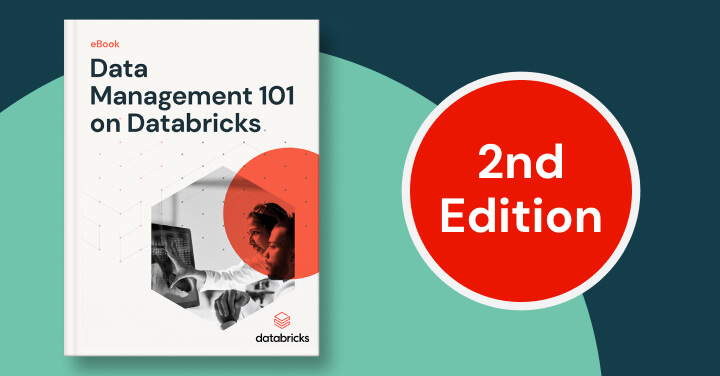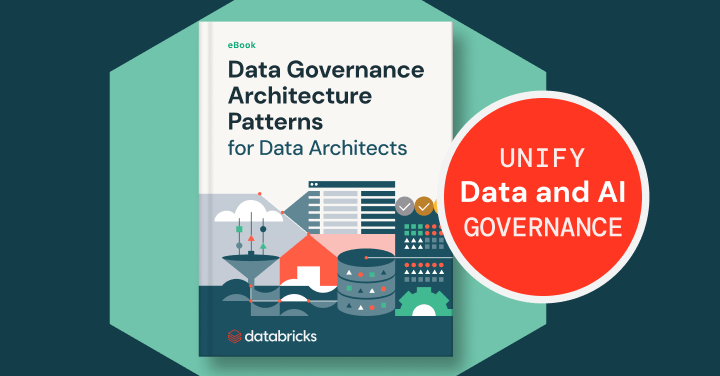Data Lineage
What is data lineage?
Data lineage is the process of recording, tracking and visualizing data and AI over time, from origin to consumption. Effective data lineage provides data teams with an end-to-end view of how data is transformed and flows across their data estate.
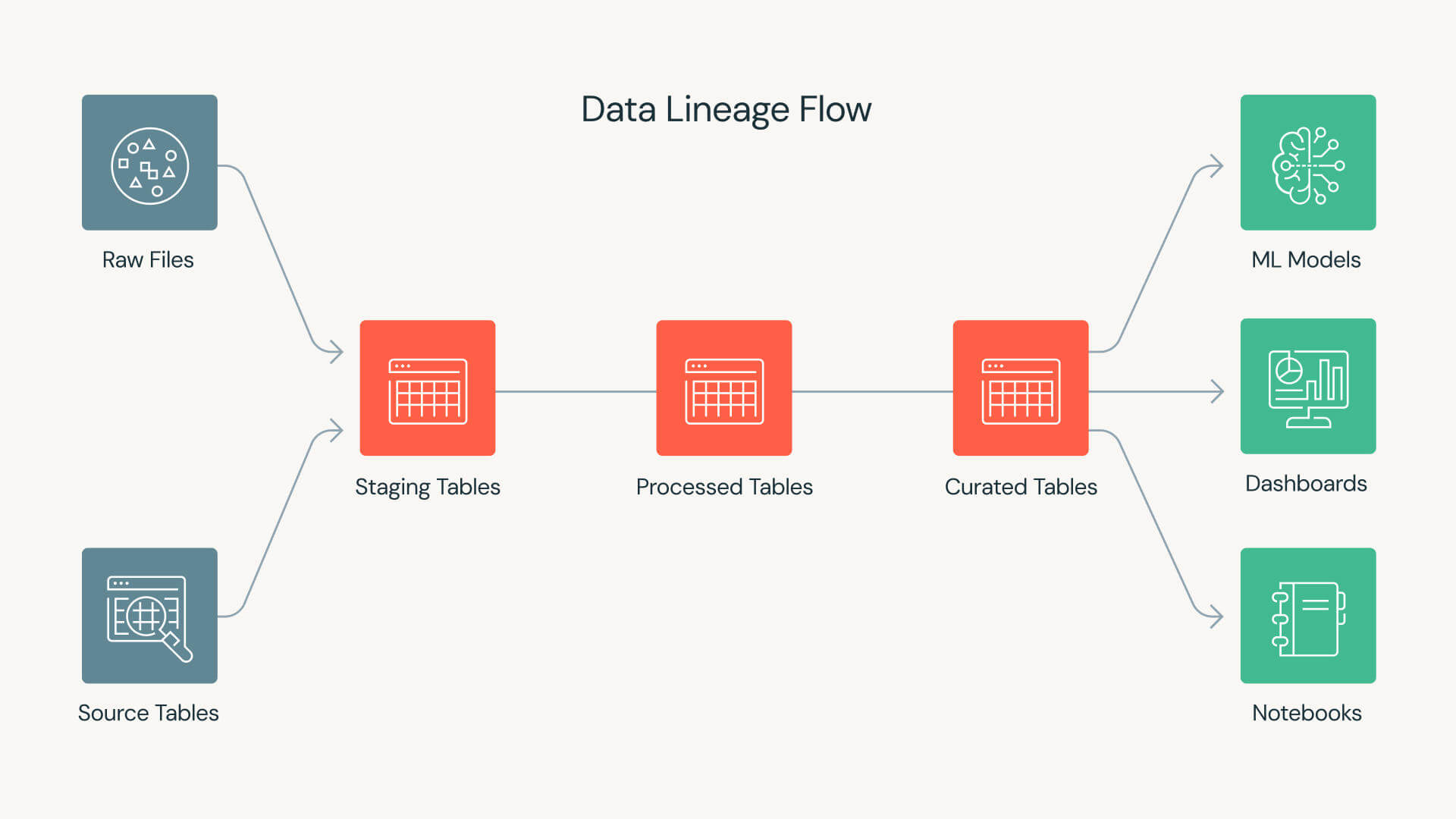
Data lineage captures the relevant information and events associated with data in its lifecycle, including:
- The source of the data
- What other datasets were used to create it
- Who created it and when
- How it has been transformed
- Which other datasets leverage it
- How the data can be used
- Who is responsible for using and changing the data
As organizations embrace a data-driven culture and look to democratize and scale data and AI, data lineage is an essential pillar of a data management and governance strategy.
Here’s more to explore
Why is data lineage important?
Data lineage allows businesses to see where data comes from, how it changes over time and where it is stored and used, creating transparency and trust. It’s a key enabler of data understanding and integrity, empowering organizations to make informed decisions, ensure compliance and improve risk management.
Data lineage is key to data governance, the principles, practices and tools an organization uses to manage its data assets. Data lineage provides the visibility needed to ensure that data is managed according to the organization’s data governance framework, ensuring quality data and providing the foundation for valuable data insights.
Data lineage allows organizations to validate data accuracy and consistency to ensure data quality, and the granular audit trail provided by data lineage is critical for quickly identifying and debugging data errors within a pipeline.
Proper data lineage practices are essential for regulatory compliance and enable organizations to provide an audit trail of where data originated and how it’s been handled. Data lineage also helps organizations track the flow of sensitive data, ensuring alignment with policies and controls and helping identify potential risks.
What are the use cases for data lineage?
Data lineage is essential to effective data management and governance strategy as organizations look to democratize and scale data and AI. Common use cases include:
Impact analysis and risk management: As data goes through transformations over its lifecycle, it’s important to analyze the impact of these changes on downstream consumers and assess potential risks. Data lineage enables data teams to see all downstream consumers — such as applications, dashboards and machine learning models — and understand the impact of changes and notify stakeholders.
Data understanding and transparency: Building a better understanding of the context around data is critical to ensuring data trustworthiness, especially as organizations deal with an ever-growing volume of data from multiple sources. Data lineage empowers data users to be aware of context as they analyze the data, which results in better-quality outcomes.
Debugging and diagnostics: Data lineage helps teams find the root cause of any data pipeline errors by tracing the error to its source. This vastly reduces debugging time, increasing efficiency.
Compliance and audit readiness: Data traceability is key for compliance. Many compliance regulations, such as the General Data Protection Regulation (GDPR), California Consumer Privacy Act (CCPA), Health Insurance Portability and Accountability Act (HIPAA), Basel Committee on Banking Supervision (BCBS) 239 and Sarbanes-Oxley Act (SOX), require organizations to have a clear understanding and visibility of data flow. With effective data lineage practices, organizations have this information at hand and are audit-ready.
Data modeling: Data lineage is useful for data modeling, the process of visualizing how data is organized and accessed. Data lineage can help update and refine data models by revealing relationships between data assets and offering context on current data flows.
Data migration: Data lineage provides information on the location and lifecycle of data that is important for data migrations — the movement of data to new software systems or storage. Organizations use data lineage information to plan migrations and reduce risk. Data lineage can also help teams clean up and reduce the amount of data that needs to be migrated.
Best practices for implementing data lineage
Implementing effective data lineage requires a strategic approach with well-defined processes. Here are the key best practices organizations should follow:
- Unified data and AI catalog – Establish a centralized catalog that integrates data and AI assets, enabling seamless visibility and governance
- Robust data governance – Define clear strategies, processes and tools to manage data effectively and ensure quality, security and compliance
- Comprehensive documentation – Maintain detailed records of data sources, transformations and changes to provide a complete and accurate history
- Automation – Leverage automated lineage tracking tools to enhance accuracy, improve efficiency and reduce manual effort in monitoring data flows down to the column level
- Clear data ownership – Assign ownership to data assets to establish accountability, streamline issue resolution and promote collaboration
- Ongoing auditing – Regularly review and update lineage records to maintain accuracy, completeness and compliance with governance policies
Automate lineage for data and AI with Databricks Unity Catalog
Unity Catalog provides a unified governance solution for data, analytics and AI, empowering data teams to catalog all their data and AI assets, define fine-grained access permissions, audit data access and share data across clouds, regions and data platforms. With automated data lineage in Unity Catalog, data teams can automatically track sensitive data down to the column level for compliance requirements and audit reporting, ensure data quality across all workloads, perform impact analysis or change management of any data changes across the lakehouse and conduct root cause analysis of any errors in their data pipelines.
